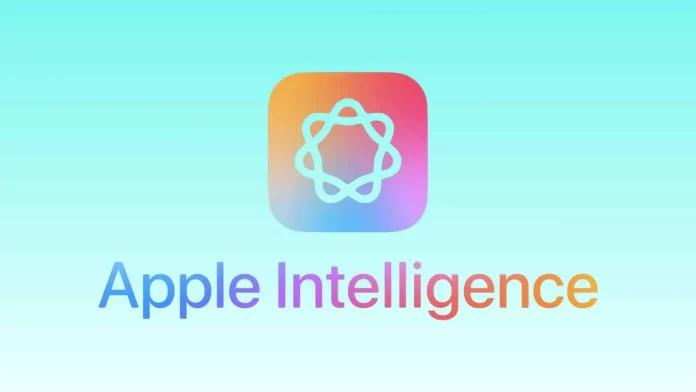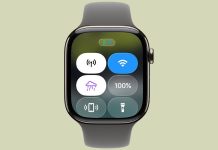Apple’s new Clean Up feature, part of the Apple Intelligence suite debuting in iOS 18.1, promises to let users remove unwanted objects directly within the Photos app. Marketed as an effortless, one-tap way to erase distractions, it’s Apple’s answer to similar AI-powered tools already popular on rival platforms.
But in practice, the results often tell another story. Many users report that Clean Up struggles with realistic image reconstruction—leaving visible artifacts, distorted textures, and warped lines, especially when removing large or complex elements.
Users criticize Apple’s inconsistent results
In example images shared on Reddit, attempts to erase major subjects show bent power lines, faded guardrails, and patchy terrain fills that stand out rather than blend. These flaws have frustrated early adopters, especially since Apple recently dropped the “beta” tag from Apple Intelligence in iOS 18.1 betas—signaling, at least officially, that the feature is production-ready. Based on user feedback, however, it still feels far from finished.
Why the results fall short
Apple’s Clean Up operates fully on-device and is built to prioritize privacy and image authenticity. That design choice limits how aggressively it can manipulate a photo compared with competitors that use cloud-based generative models for scene reconstruction and large-scale edits. As a result, Clean Up works well for small imperfections—like removing stray objects, light reflections, or minor background distractions—but falters when asked to handle complex geometry or structural elements.
The gap between what users expect—seamless, generative AI-level edits—and what Clean Up delivers is widening. While Apple emphasizes privacy and natural output, its rivals are setting higher expectations for photo editing powered by AI.
How Apple can close the gap
- Enhance the fill algorithm to handle texture continuity and geometric depth more convincingly.
- Communicate clear limits within the Photos interface, helping users understand when Clean Up is best used.
- Offer transparency about version improvements and model evolution to rebuild user trust.
- Consider optional cloud-assisted processing for those who prefer quality over strict on-device privacy.
The bottom line
Apple’s Clean Up isn’t a failure—it’s just too restrained for a tool presented as “intelligent.” It works fine for small blemishes but falls apart under heavier edits. Until Apple refines its scene reconstruction or rethinks its AI architecture, Clean Up remains less a competitor to Google’s Magic Eraser or Samsung’s Generative Edit and more a cautious first step in Apple’s photo-editing journey.




